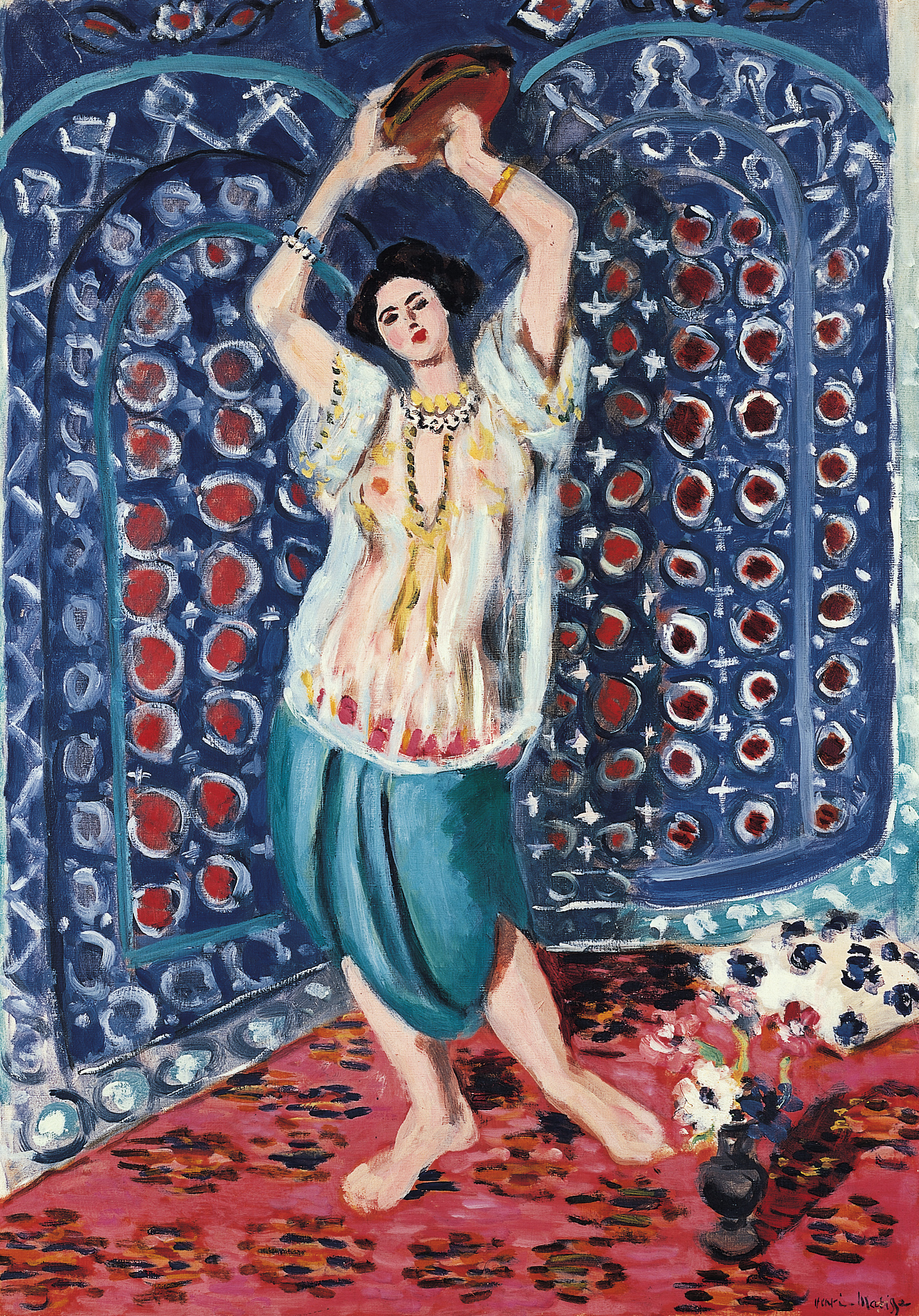
Look at the walls not the women in Matisse’s odalisques
Our book Exotic and a new exhibition agree the painter found more pleasure in Arabian art than in erotica
Odalisque is a French version of a Turkish word for ‘chambermaid’, though you won’t see a lot of odalisques changing the bed linen or straightening the pillows in Western art, as Judy Sund explains her new book Exotic: A Fetish for the Foreign.
This new title examines our obsession with distant lands, showing how 'the foreign,' has been absorbed into Western society, contributing cultural dynamism and artistic energy.
As Sund sees it, the rise of odalisque - which is more or less a synonym for near-eastern concubines in Western art – coincides with the hardening of the Ottoman Empire into a French military adversary during the 19th century.
“The Turk – harmless hedonist of the Rococo age – was vilified anew when he resisted Napoleonic aggression and was more widely disparaged as Europeans rallied to the cause of Greeks seeking independence,” writes Sund. “His brother Muslim, the all-purpose ‘Arab’, was tarred with the same brush as Europeans sought to justify their Middle East incursions. The popularity of their female counterpart, the pliant odalisque, spiked as Westerners dreamt of unhampered conquest in Islamic lands.”
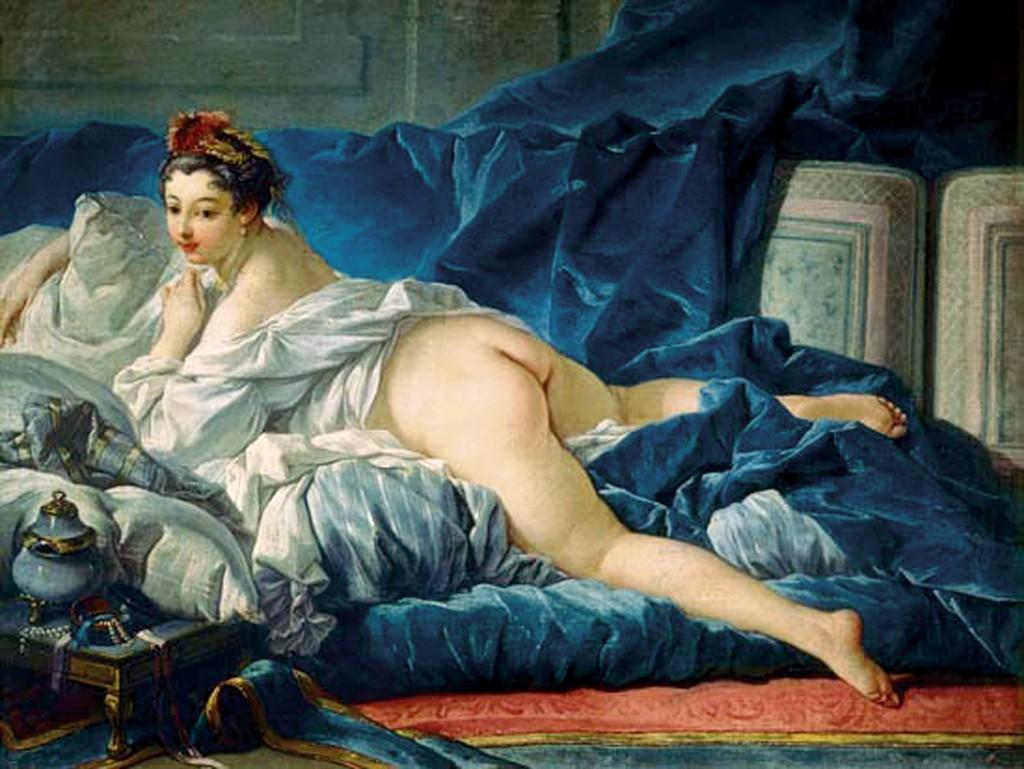
Paintings from this period were in keeping with other examples of nude and erotic art, albeit with a few added kinks. “Critic Denis Diderot suggested that the pose of Boucher’s odalisque invited sex of the ‘most convenient … even the most natural, or at least the most advantageous’ sort,” writes Sund, “apparently referring to sex from behind, a style of lovemaking that church authorities had long condemned.”
However, as Western fine art developed, so the depiction of odalisques changed too. A new exhibition, Matisse/Odalisque at Norton Simon Museum in Pasadena, California looks at the changing nature of his exotic erotica, by placing Henri Matisse’s odalisques alongside other works from the museum’s collection, including Picasso’s 1955 work, Women of Algiers, Version I, and Frédéric Bazille’s late 19th century Woman in a Moorish Costume.
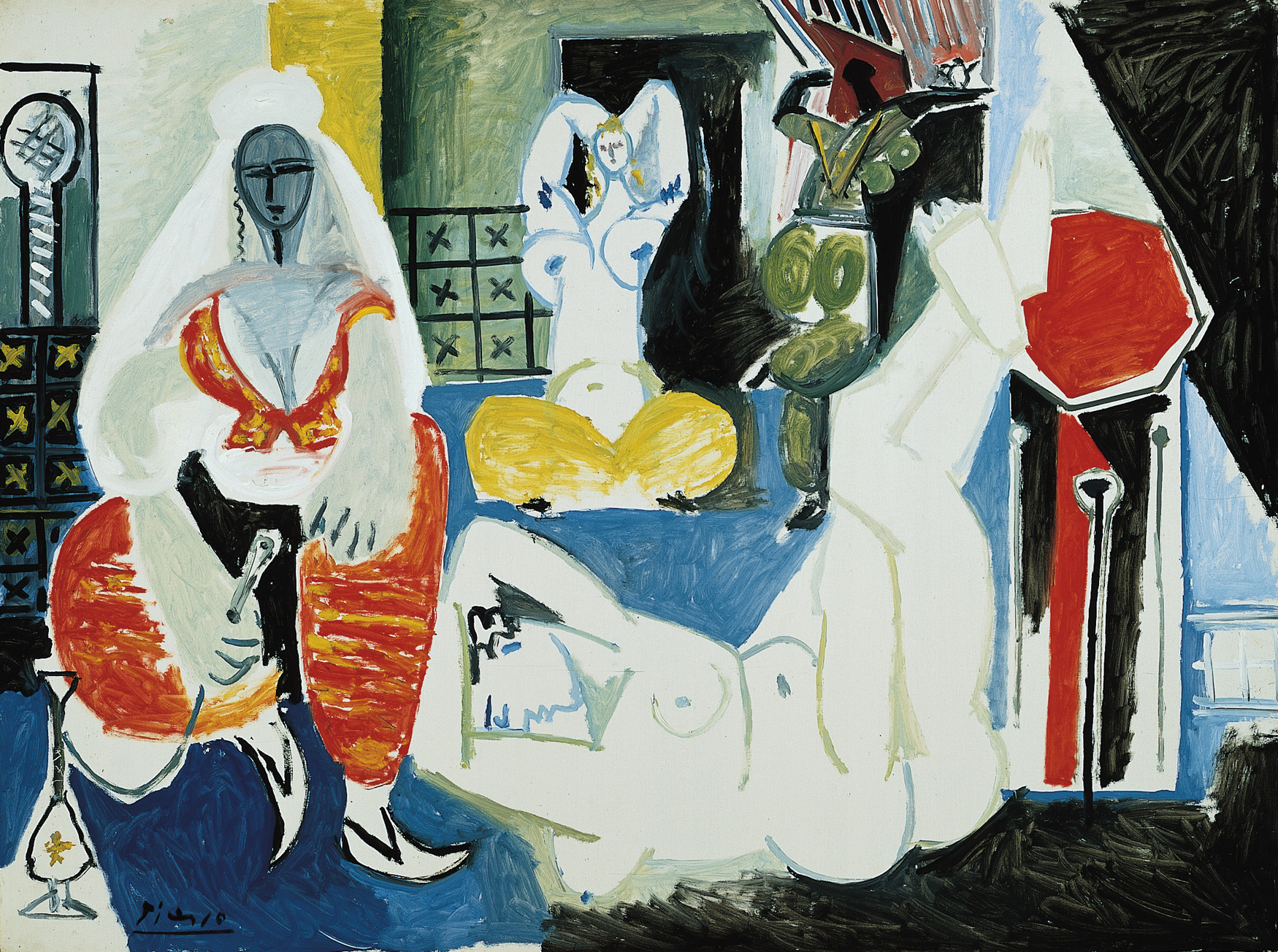
In some sense, Matisse’s paintings are a continuation of the form; they still show a woman in exotic surroundings. However, in these pictures, pleasure seems to shift from her pretty, pliant body and towards the pretty, decorative settings.
As Sund explains in Exotic: A Fetish for the Foreign, Matisse travelled to Algeria in 1906 and Morocco in 1912 and “struck by Islamic art’s decorative, rather than narrative, aspect, began to emphasize "colour, pattern, arabesque lines and bold shapes,” in his paintings.
“His North African scenes were not designed to startle or instruct, but to encourage disengagement from modern concerns and relaxation of the sort enjoyed by the Tangiers café-goers he saw lolling on the floor and smoking hashish, ‘lost for hours’ in ‘contemplation of a flower and some goldfish’.”
In his pictures, Matisse seems more interested in conveying these simple pleasures, than speculating on any wilder sexual opportunities.
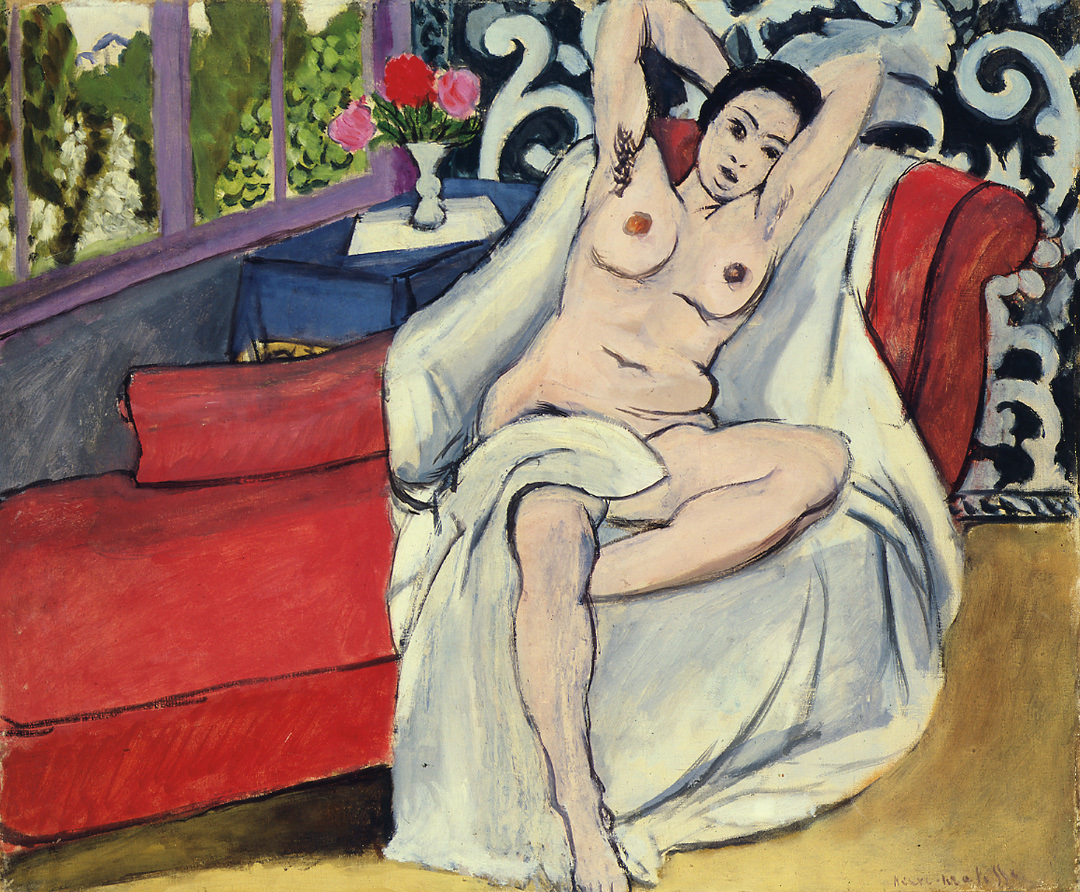
The artist didn’t necessarily say his pictures were more about tiles and less about titillation, yet Norton Simon’s curators certainly seem to agree with Sund. “Matisse, for example, claimed that he made odalisques as an excuse to “paint the nude,” and because he had seen harems first hand on his trips to Morocco,” says the museum. “Yet the numerous odalisques that he produced in Nice in the 1920s revel in the imaginary, with excessively decorative environments that threaten to subsume the female figure altogether."
Matisse may have attempted to recreate harem scenes in France with his chosen model, Henriette Darricarrère, yet they seem to be less attempts to transport European gallery goers into an imagined bedchamber, and more “like still lifes on a grand scale,” writes Sund. “They celebrate the foreign artefacts’ dislocation rather than attempting to convincingly recreate places of origin or invoke favourite narratives of nineteenth-century Orientalism.”
While working in a form that doesn’t show foreign cultures in the most favourable light, Matisse manages to communicate the simple pleasures European aesthetes might share with their counterparts in the Arabian diaspora.
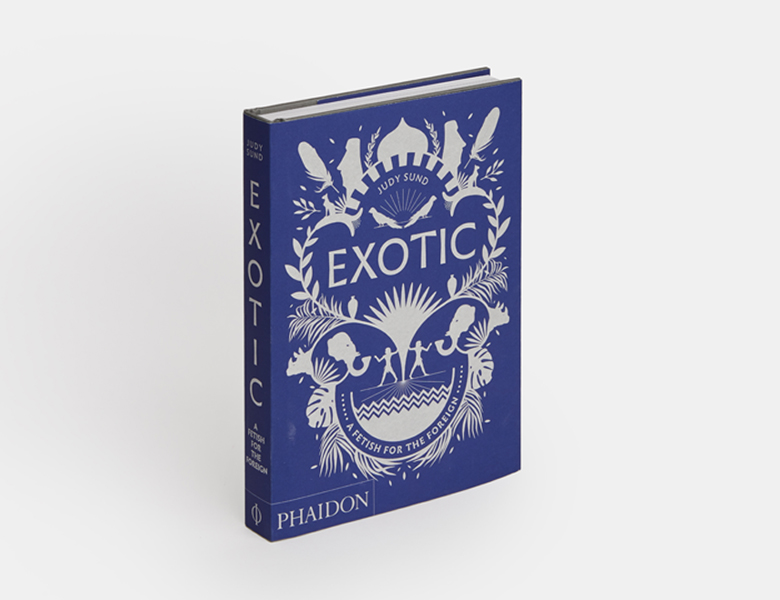
For more on Matisse’s place in orientalist art buy a copy of A Fetish for the Foreign. The book explores our obsession with the lure of distant lands and their promise of the weird and wonderful, the beautiful and grotesque. Through a host of evocative images, it shows how the absorption of 'the foreign,' through arts, design, architecture, and other cultural elements, has consistently enriched Western society, contributing to it cultural dynamism and artistic energy. Buy it here now.